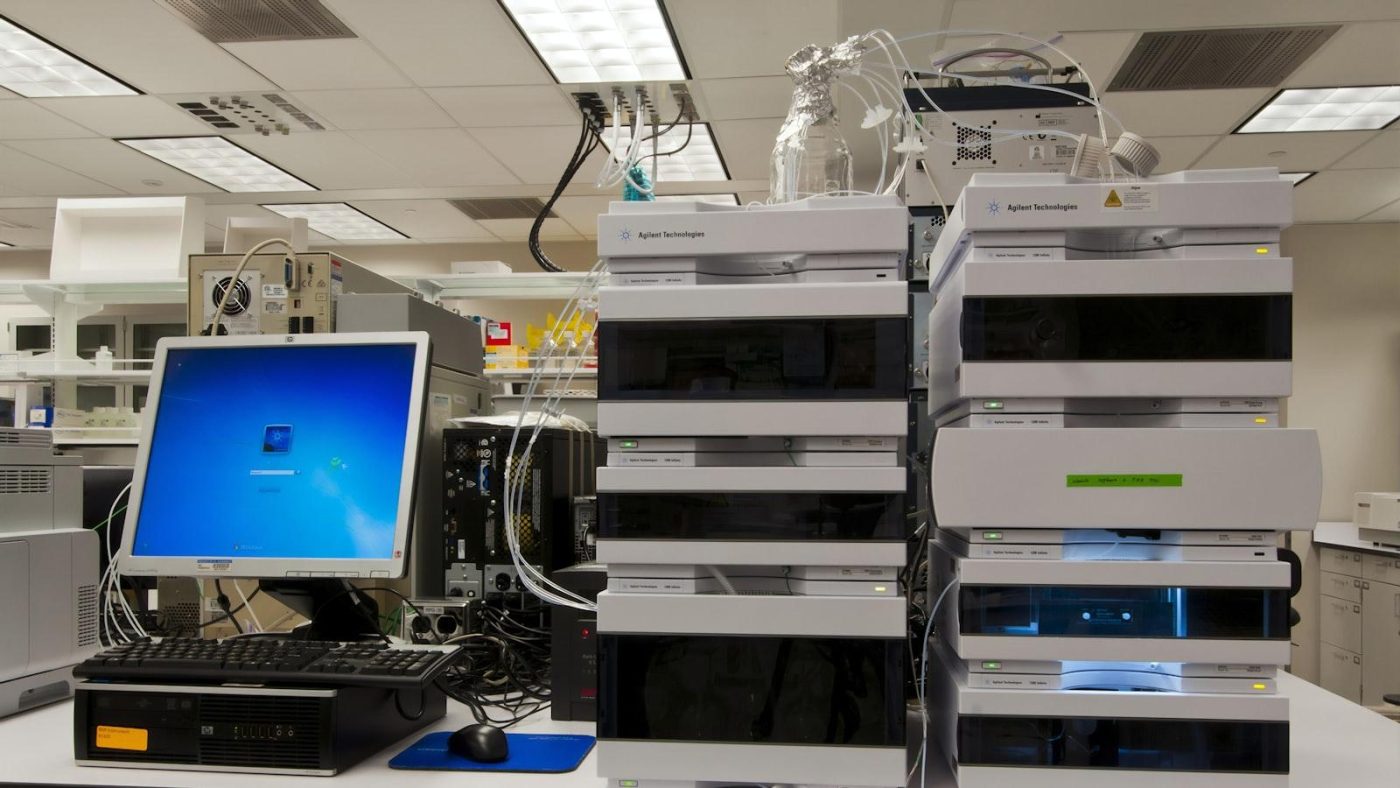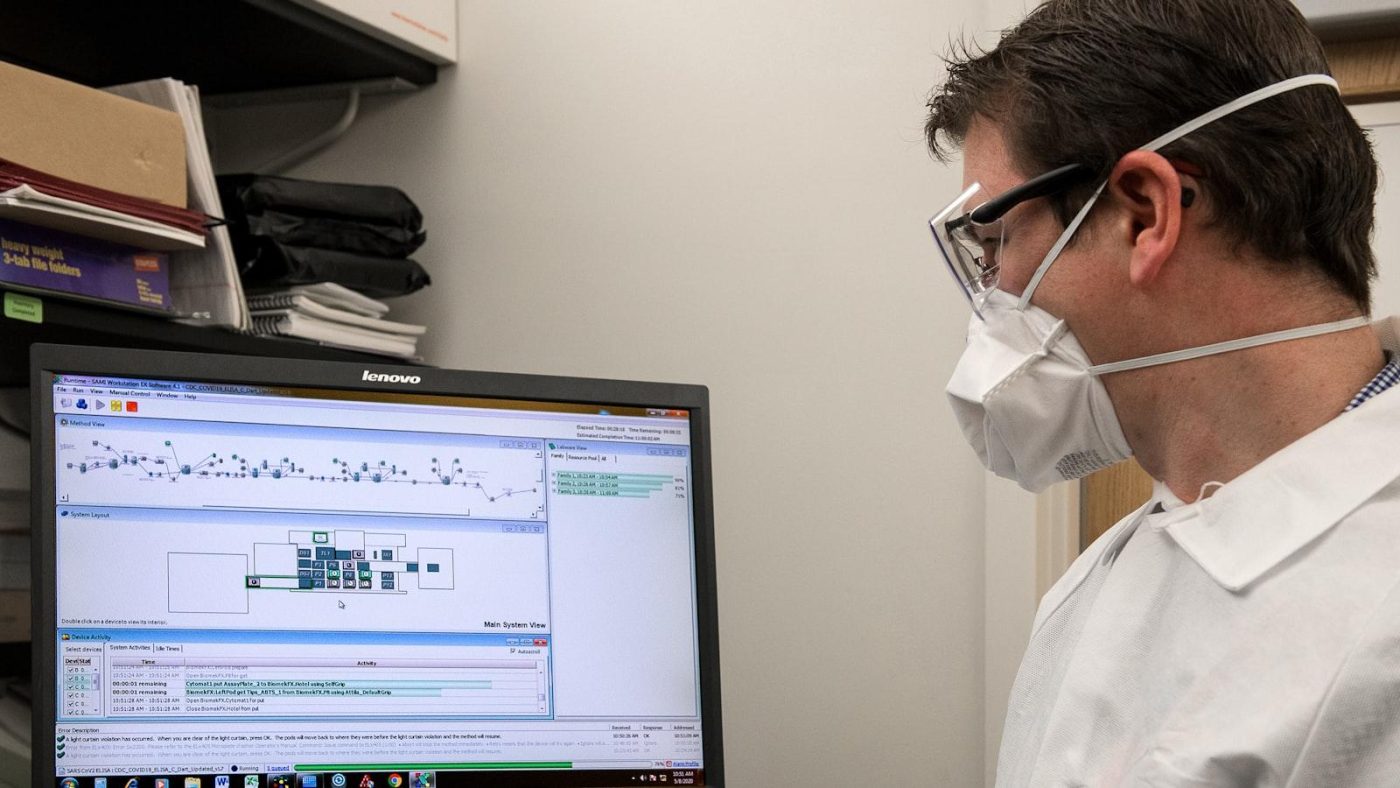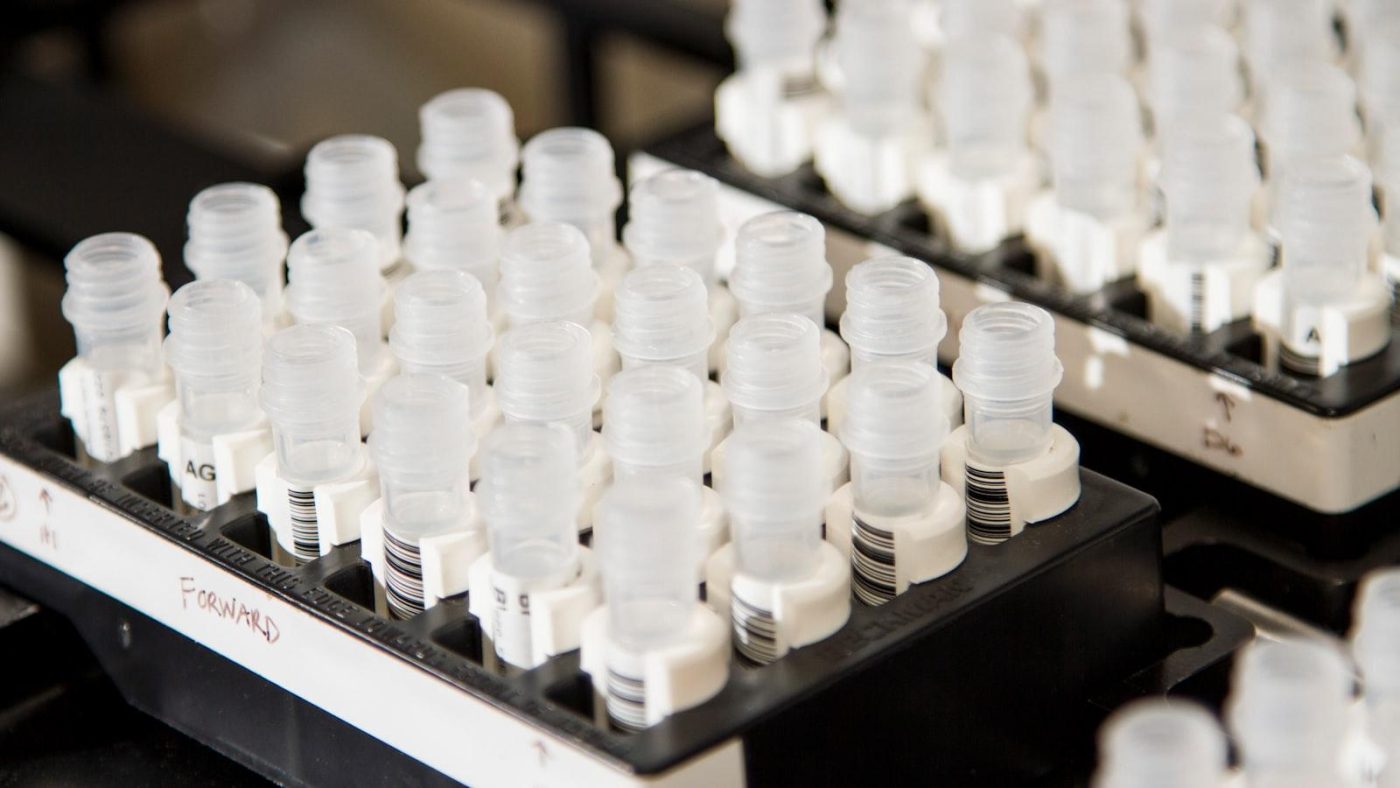Title: All You Need to Know About Manual Testing Standards
Introduction:
Manual testing is an essential part of the software development process. It involves the verification and validation of software applications to ensure they meet the required quality standards. Manual testing standards provide guidelines and best practices for testers to follow during the testing process. In this article, we will explore the importance of manual testing standards, their benefits, and practical tips for implementing them.
What are Manual Testing Standards?
Manual testing standards are a set of guidelines and best practices that define how manual testing should be conducted. These standards help ensure consistency, reliability, and efficiency in the testing process. They cover various aspects of manual testing, including test planning, test case design, execution, and reporting.
Benefits of Following Manual Testing Standards:
- Consistency: Following standardized testing procedures ensures consistency in testing activities across different projects and teams.
- Reliability: Adhering to testing standards helps identify defects and issues in the software accurately.
- Efficiency: Standardized testing processes can help testers save time and effort by providing a structured approach to testing.
- Quality: By following best practices and guidelines, testers can improve the overall quality of the software being tested.
Practical Tips for Implementing Manual Testing Standards:
- Develop a Test Plan: Start by creating a detailed test plan that outlines the testing scope, objectives, and timelines.
- Design Test Cases: Design clear and concise test cases that cover all possible scenarios and edge cases.
- Execute Tests: Follow the test plan and execute test cases according to the defined standards.
- Report Defects: Report defects effectively by providing detailed information about the issue, steps to reproduce, and expected results.
- Review and Improve: Continuously review and improve testing processes based on feedback and lessons learned from previous projects.
Case Studies:
Case Study 1: Implementing Manual Testing Standards
Company X implemented manual testing standards across its testing teams to improve testing efficiency and consistency. By following standardized testing procedures, the company was able to reduce the number of defects in its software applications and deliver higher quality products to its customers.
First-Hand Experience:
As a seasoned tester, I have seen the benefits of following manual testing standards firsthand. By adhering to best practices and guidelines, I was able to identify critical defects in the software early in the testing process, ultimately saving time and resources for the development team.
Conclusion:
Manual testing standards play a crucial role in ensuring the quality and reliability of software applications. By following best practices and guidelines, testers can improve testing efficiency, consistency, and overall product quality. Implementing manual testing standards in your testing processes can lead to better outcomes for your projects and ultimately, satisfied customers.
In conclusion, manual testing standards are essential for any testing team looking to deliver high-quality software products. By following best practices, guidelines, and practical tips, testers can improve the efficiency, reliability, and overall quality of their testing processes. So, don’t underestimate the power of manual testing standards in your testing projects!










